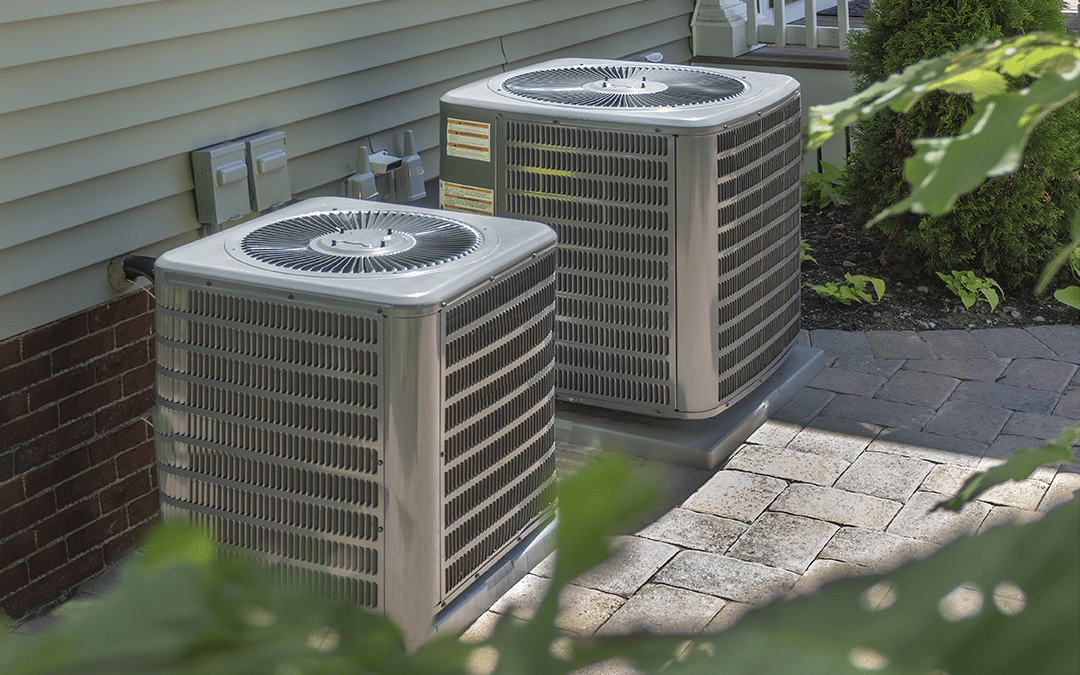How the SEER Rating Affects Your Bottom Line
Have you ever wondered what a SEER rating is and how it affects you? Learn more about this energy efficiency rating and how it pertains to your house and your budget.
SEER stands for Seasonal Energy Efficiency Ratio and it rates the efficiency of central air conditioners. “SEER indicates the relative amount of energy needed to provide a specific cooling output,” according to the U.S. Department of Energy. Specifically, it is the ratio of the cooling output over a typical cooling season divided by the energy consumed in watt-hours. This average is calculated over an entire cooling season using a constant indoor temperature and a variety of outdoor temperatures (ranging from the 60s to the 100s).
The U.S. Department of Energy says many older systems have SEER ratings of 6 or less. However, today’s air conditioners can have SEER ratings ranging from as low as 13 to as high as 25. Some states also have minimum SEER rating requirements; for example, Alabama’s minimum SEER requirement is 14.
The SEER rating also varies because it is a maximum efficiency rating, meaning the unit’s rating can be as high as whatever the SEER rating is; it doesn’t mean it’s always the same SEER rating. It is your unit’s maximum potential and can vary based on if you change the temperature in your home frequently or if the outdoor temperatures vary widely during the day, such as hot during the day and cooler at night.
In theory, the higher the SEER rating, the more energy efficient the air conditioner performs. The more energy efficient it is, the more you can potentially save on your energy bill. For example, if your current air conditioner unit’s SEER rating is 9 and you upgrade to a unit with a SEER rating of 13, the amount of power consumption could be reduced by 30% (1 – 9/13) and could save you up to a few hundred dollars a year.
Several factors go into the potential energy consumption and savings, including the type of HVAC system you have, what state you live in and the weather there during the year, the size of your home, your ductwork, how much shade your home gets, if you have a basement or slab, the color of your roof and more. Whew! That’s quite a list. You must consider all of these questions and do your research when deciding what SEER rating is best for your home. Don’t worry, the HVAC professionals at Keith Air Conditioning can help you with this.
Another way to determine energy efficiency is the EER rating or Energy Efficiency Ratio. The difference with EER is it calculates a room air conditioner unit’s efficiency and is calculated using a constant temperature and controlled environment, unlike SEER which accounts for seasonal variations. Some experts say the EER rating is a more accurate way to rate energy efficiency. Why? Because how a SEER-rated air conditioner works in the heat of summer in one part of the country will vary from how it performs in another part of the country with a different climate and weather conditions.
EER uses 95 degrees as the constant outdoor temperature, 80 degrees as the constant indoor temperature and 50% humidity. Because EER is a constant, objective standard, you can use it to compare two air conditioners without needing to worry about seasonal changes. (If you’re looking to buy a new air conditioner, check out our three tips.)
Keith Air Conditioning is here to help you sort through SEER and EER ratings and help you decide what is best for your home. Contact us at 251-517-4437 to talk through your questions today.

